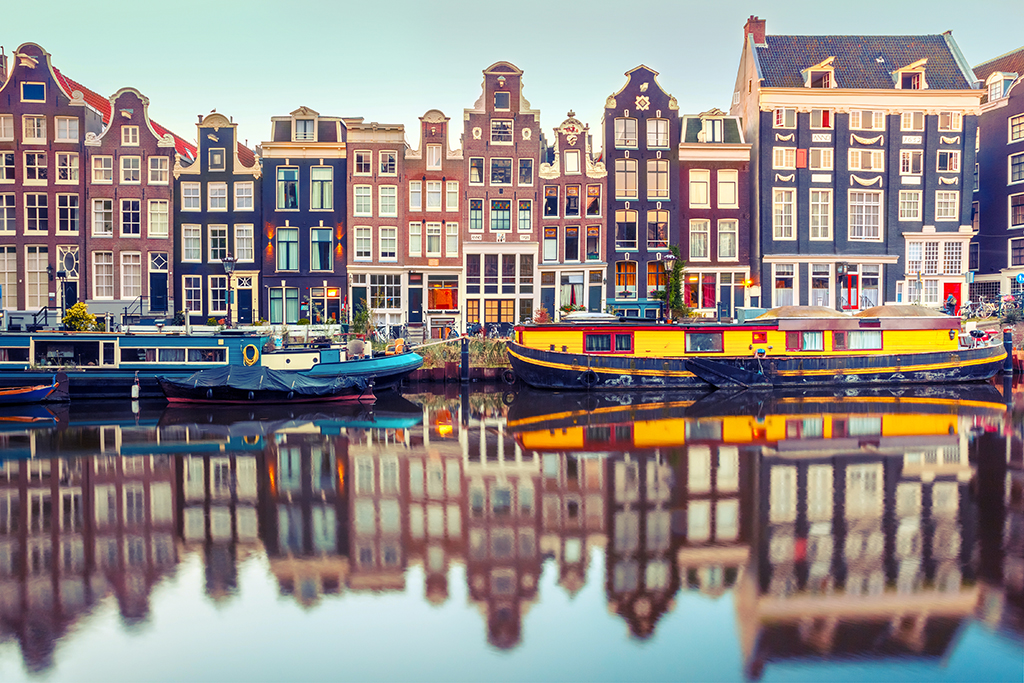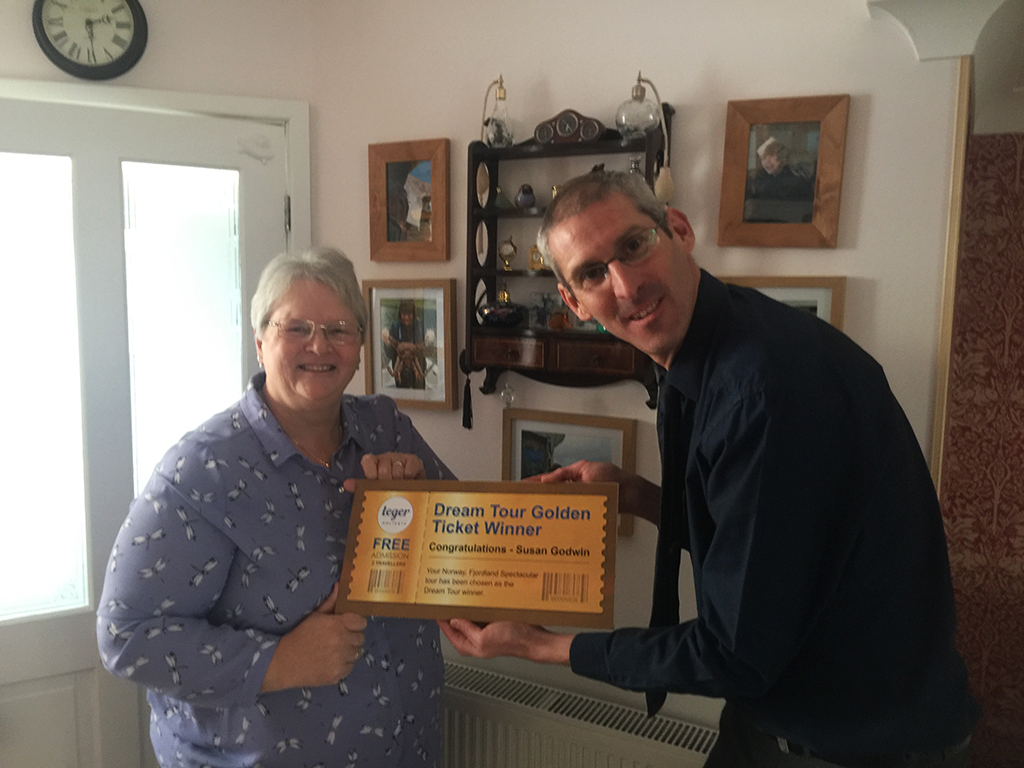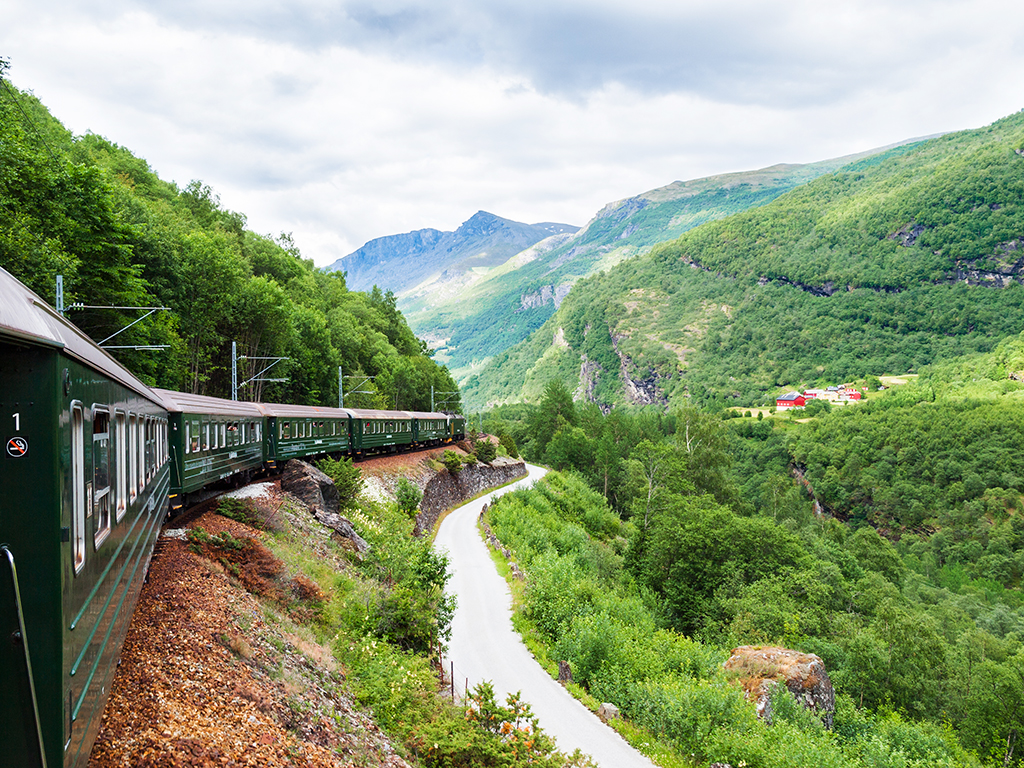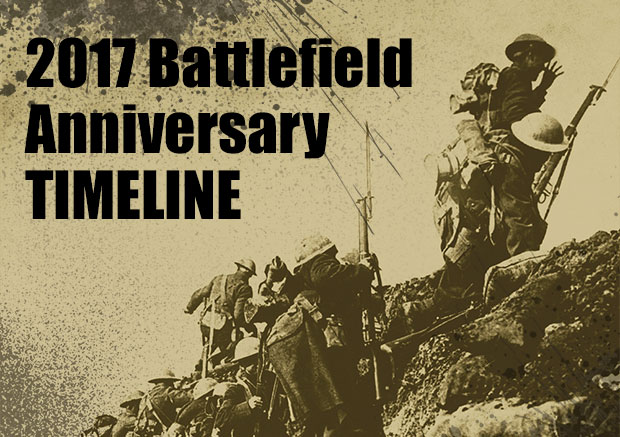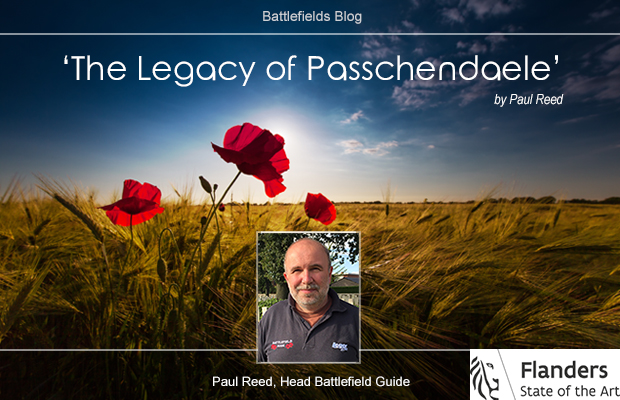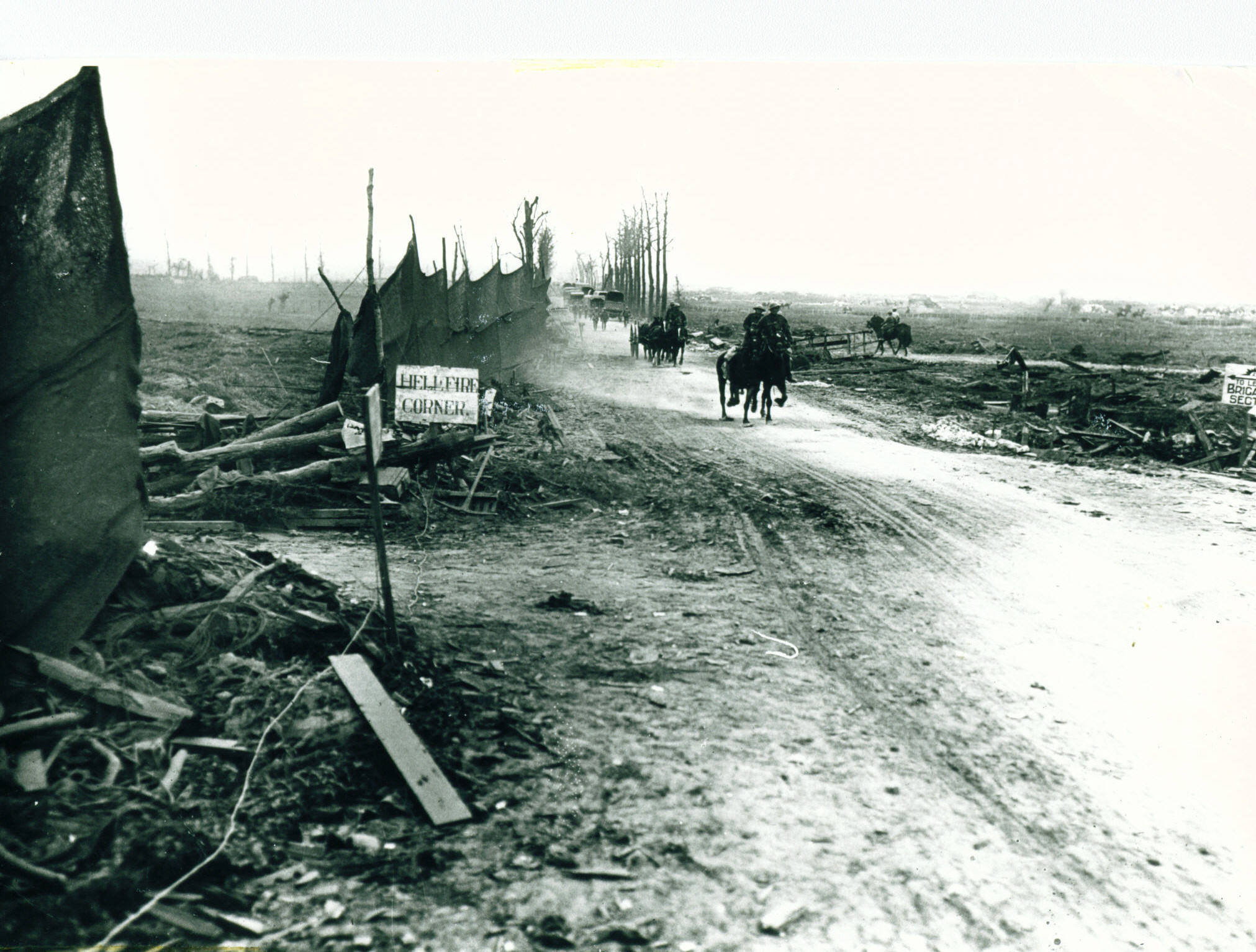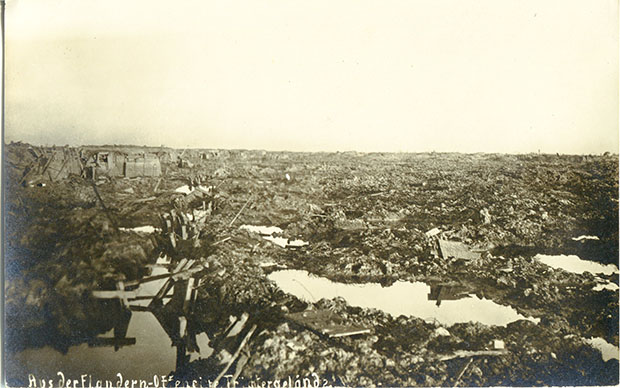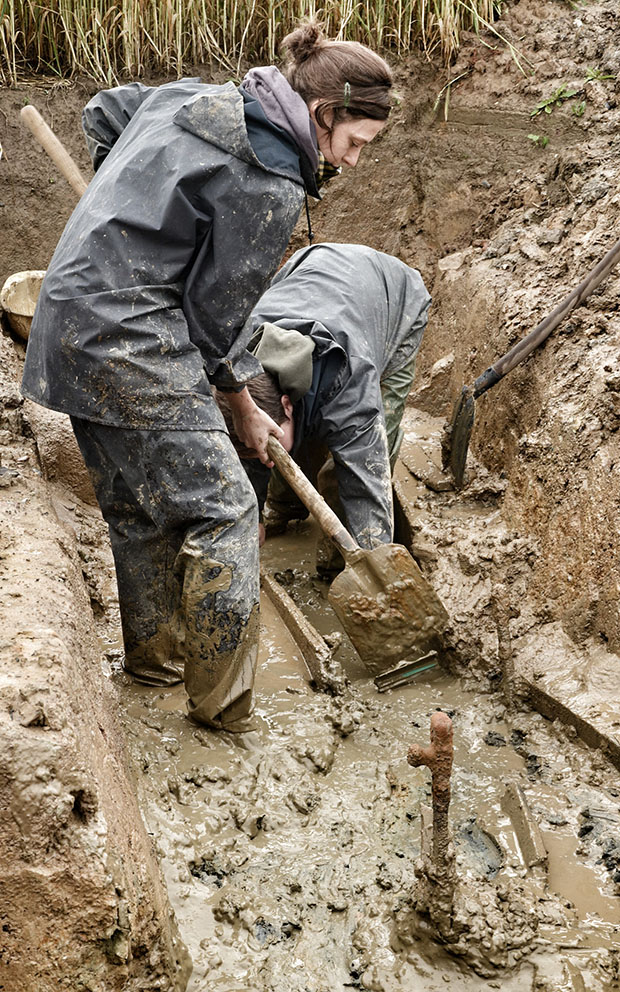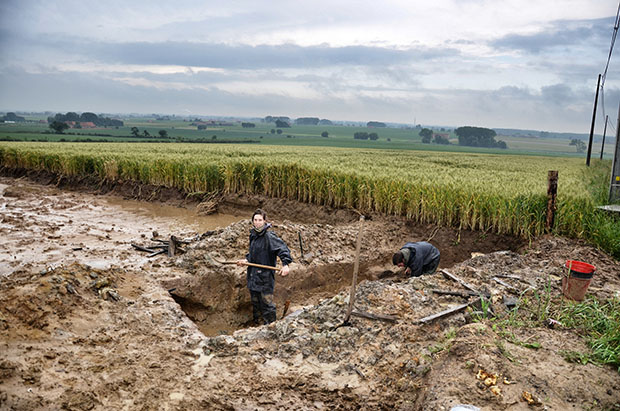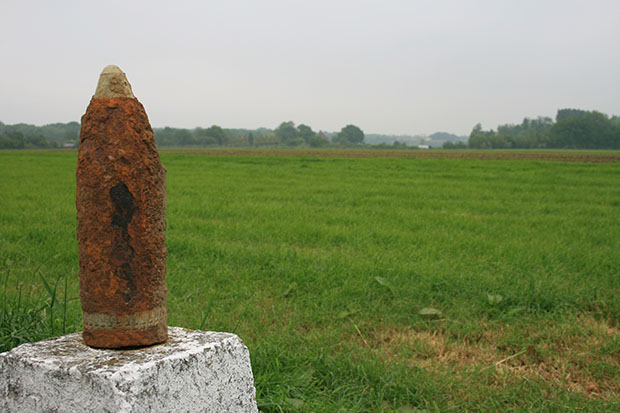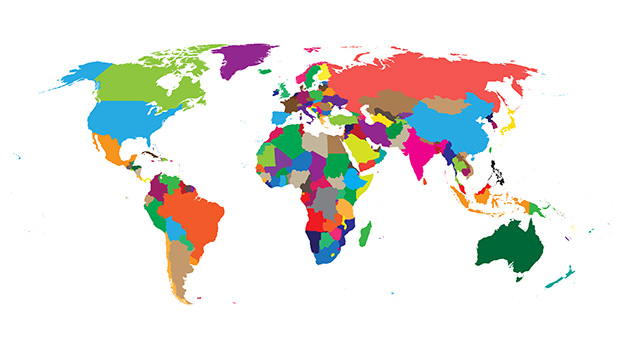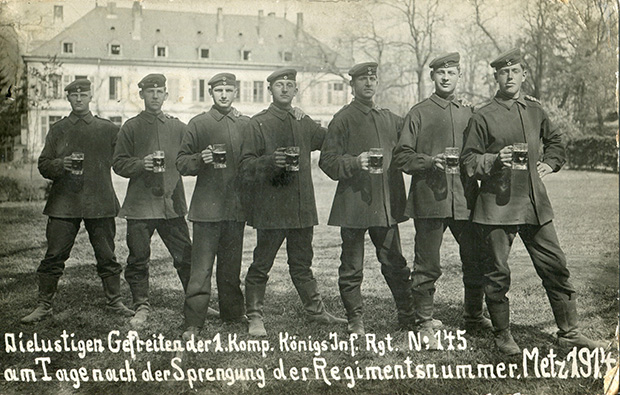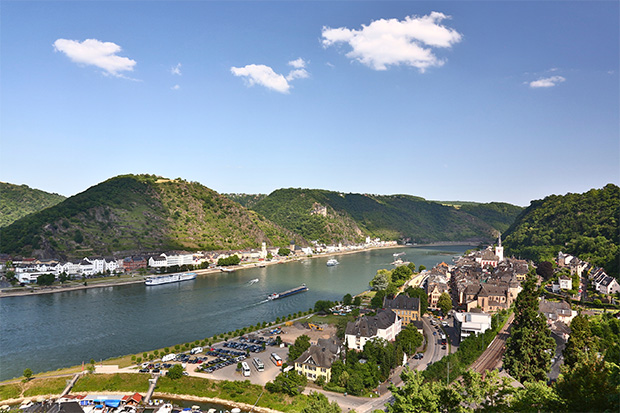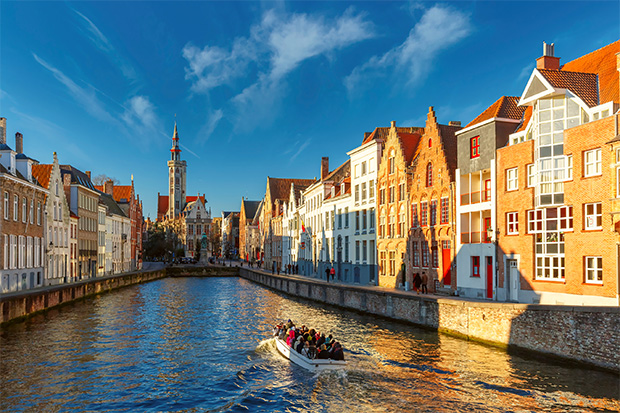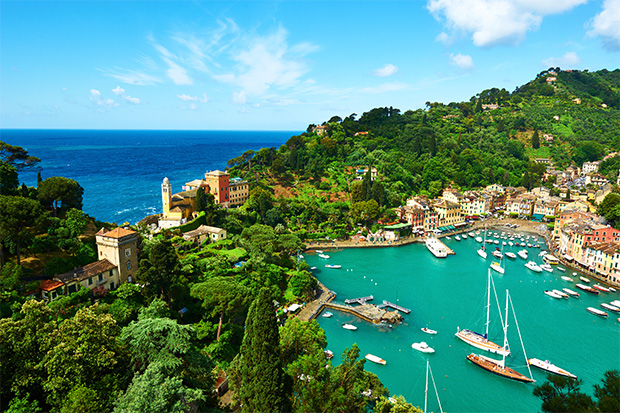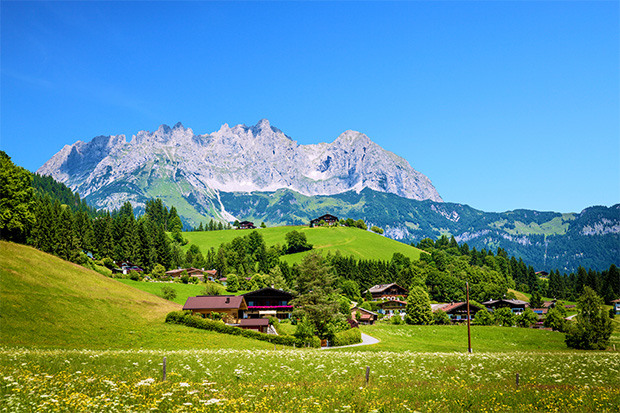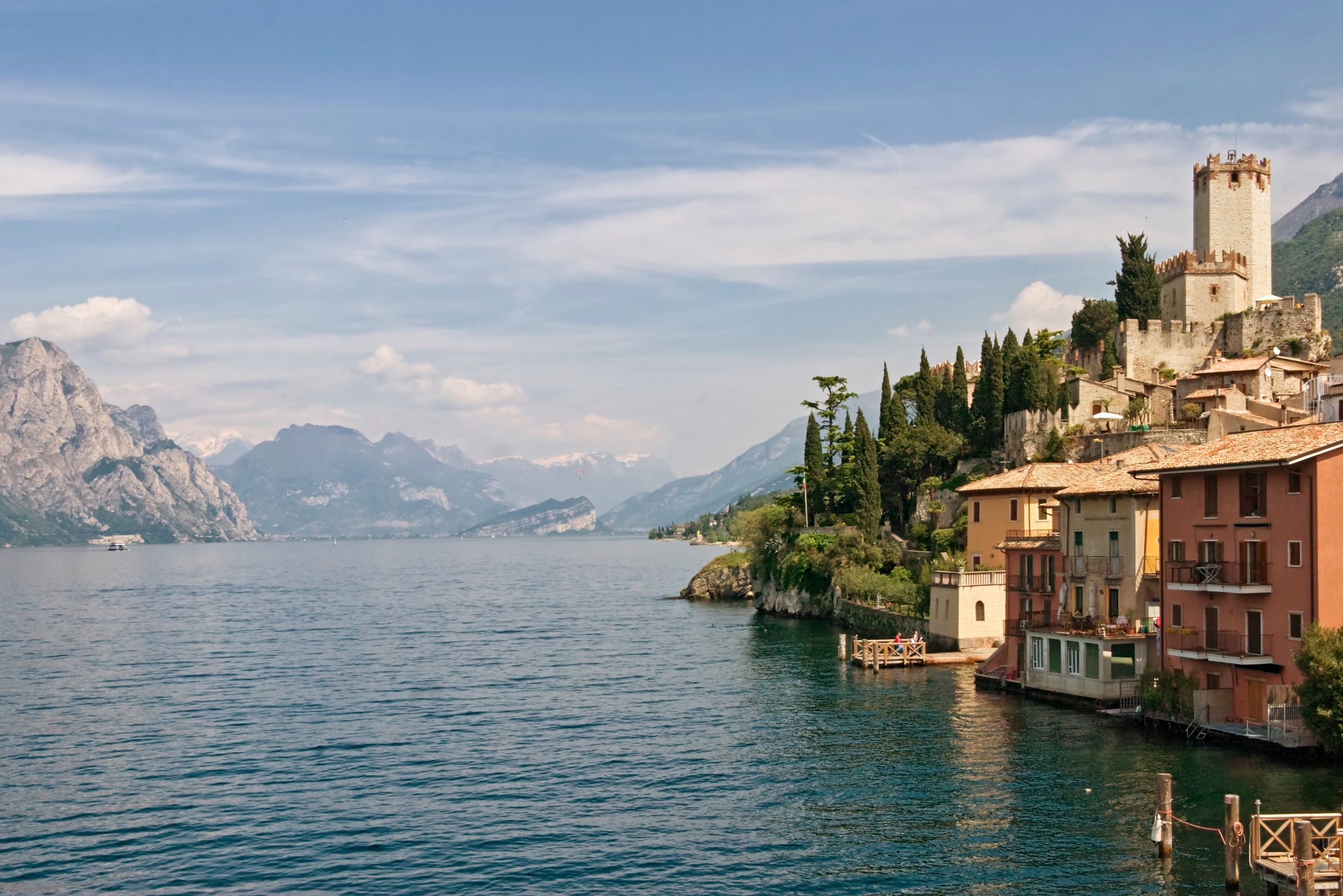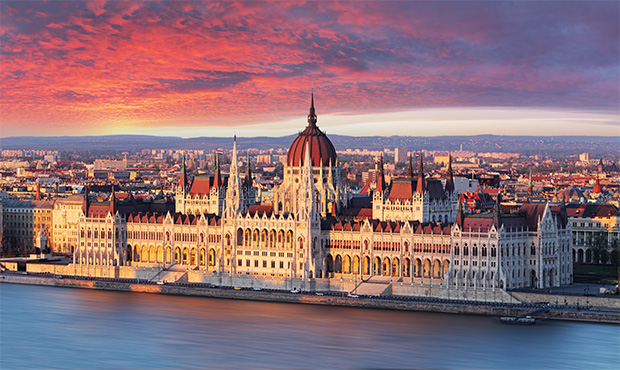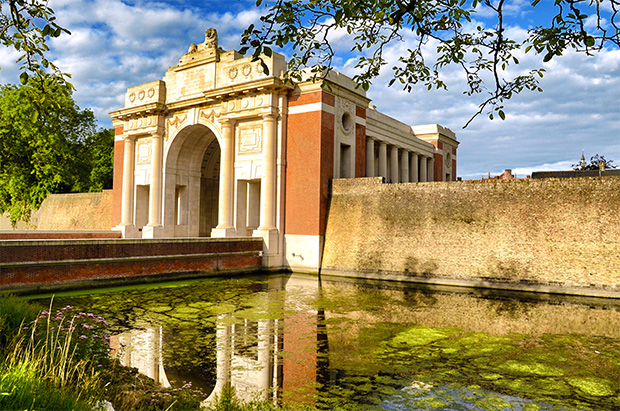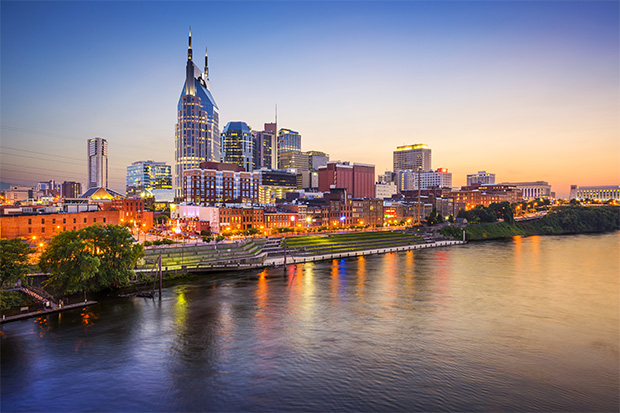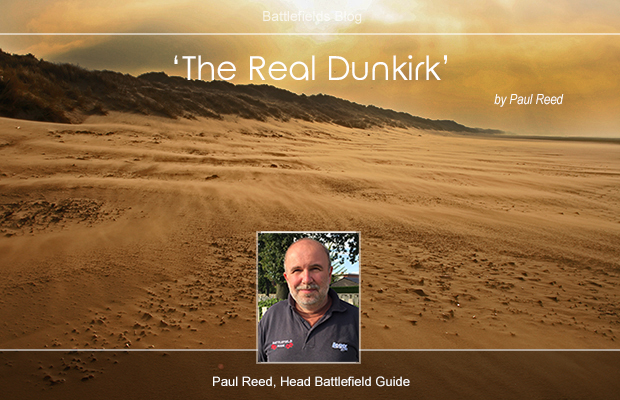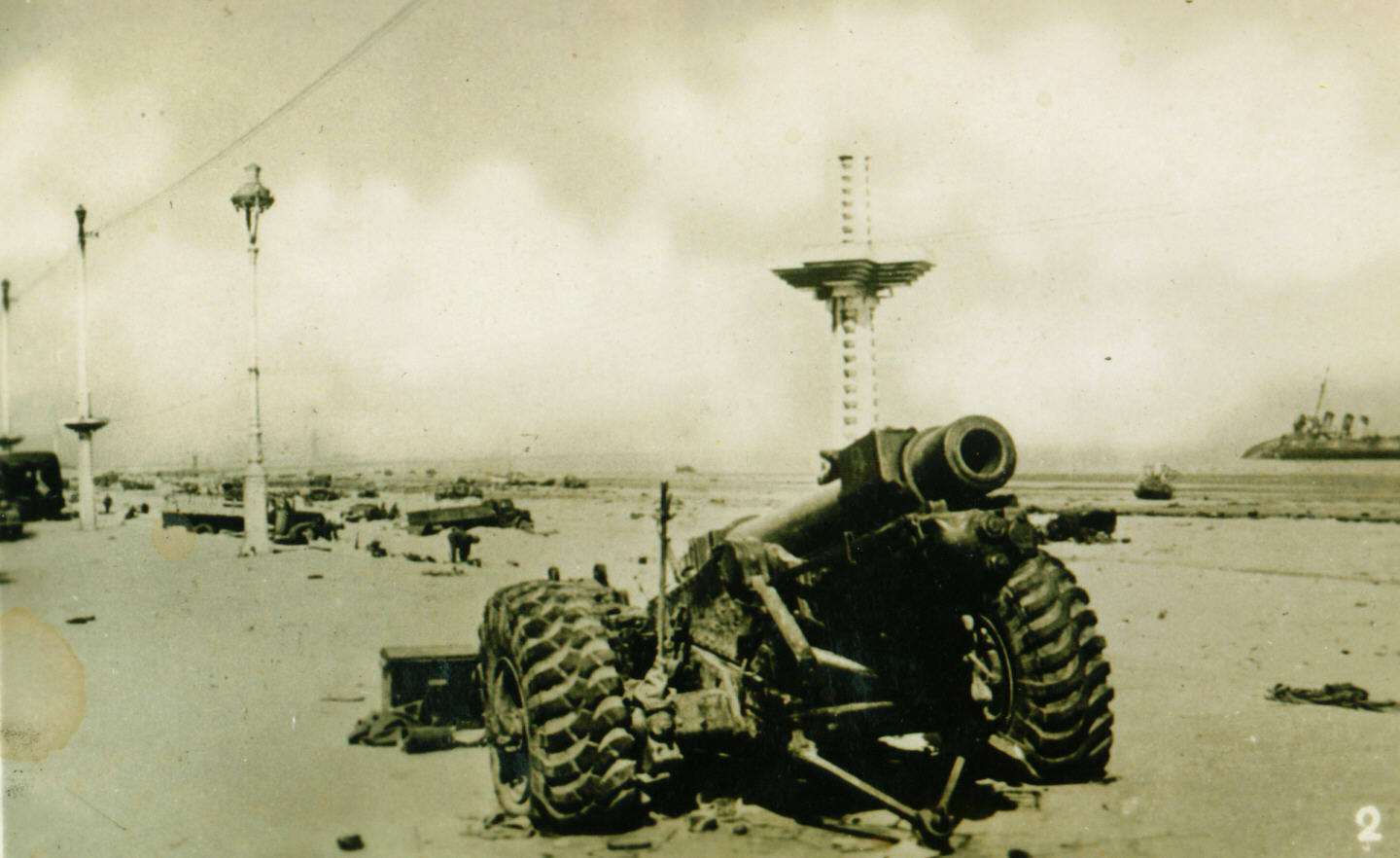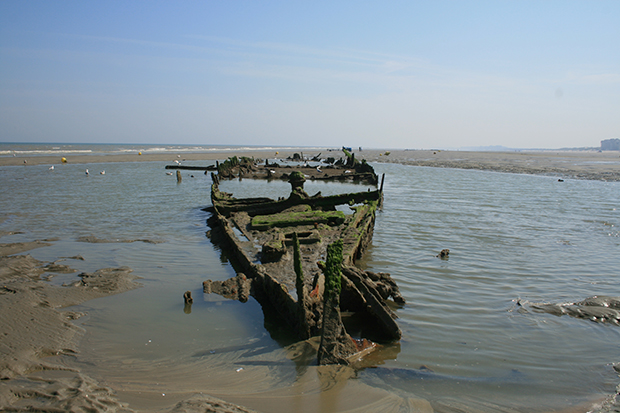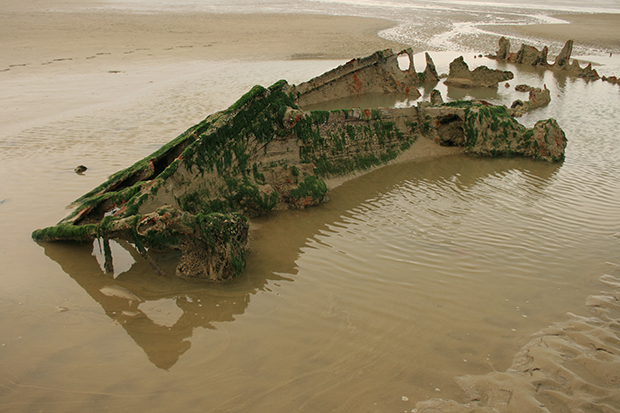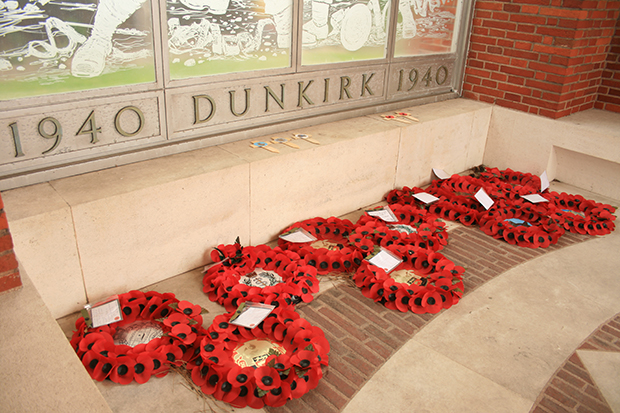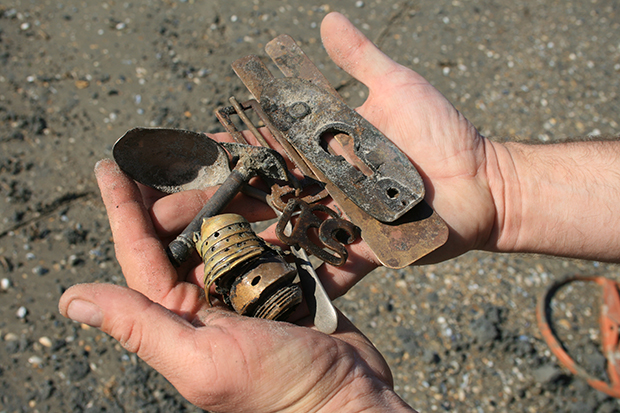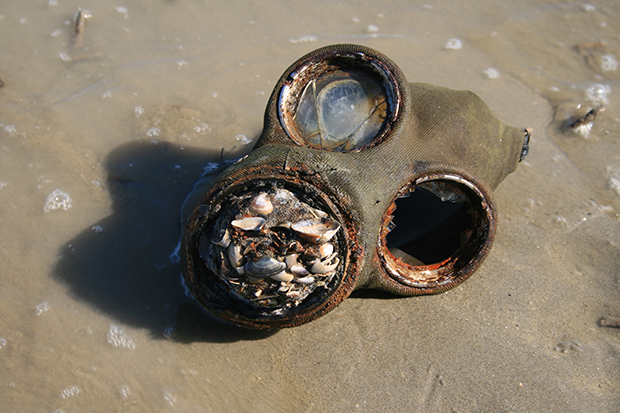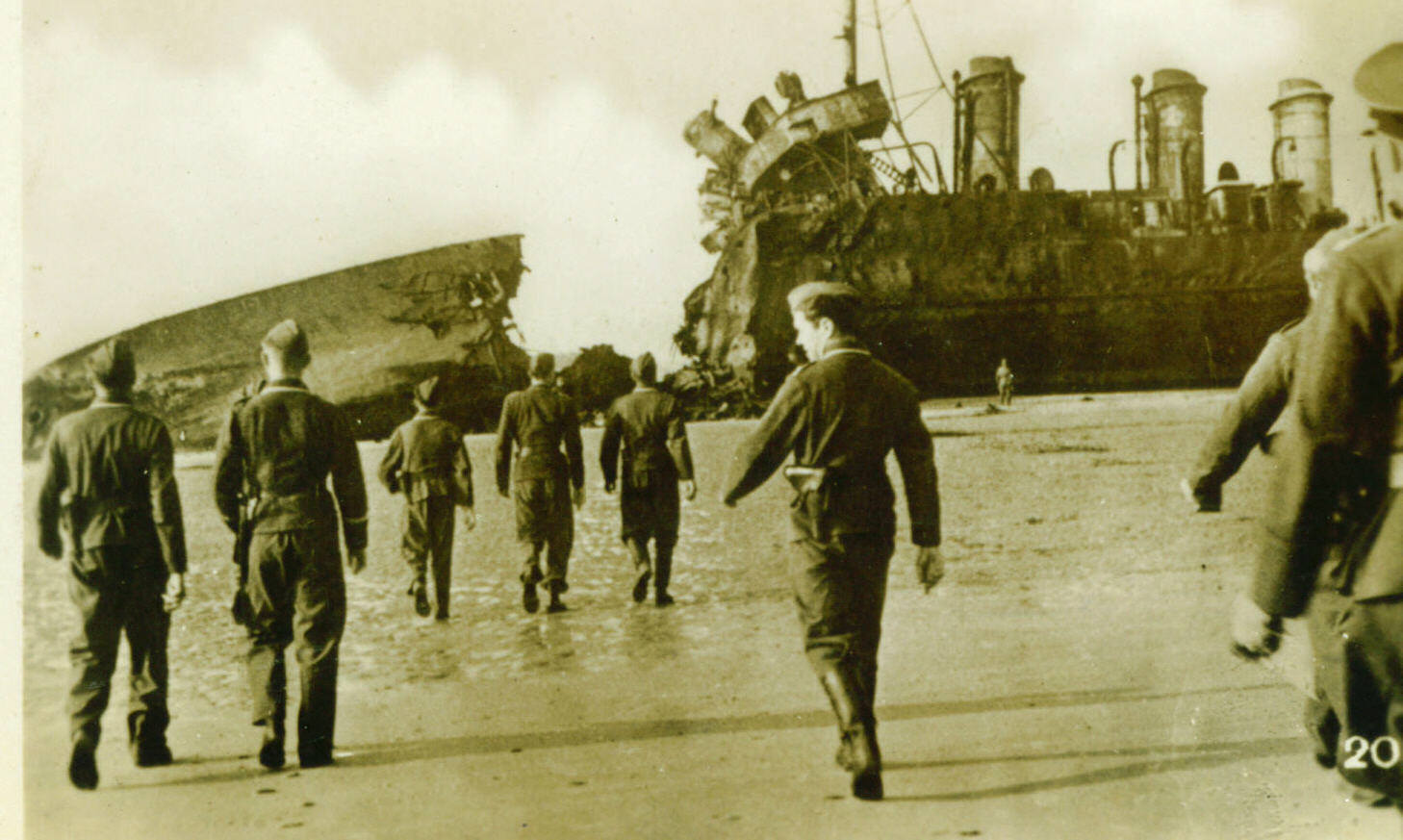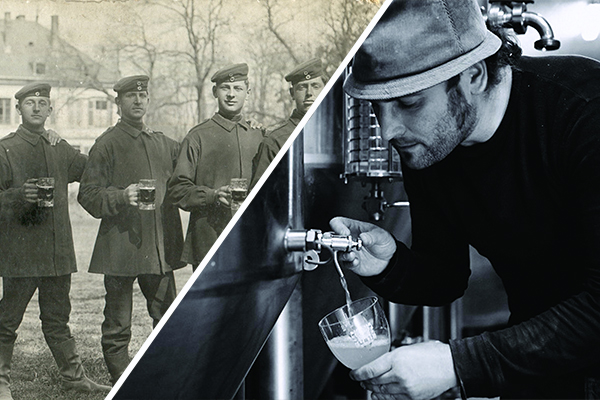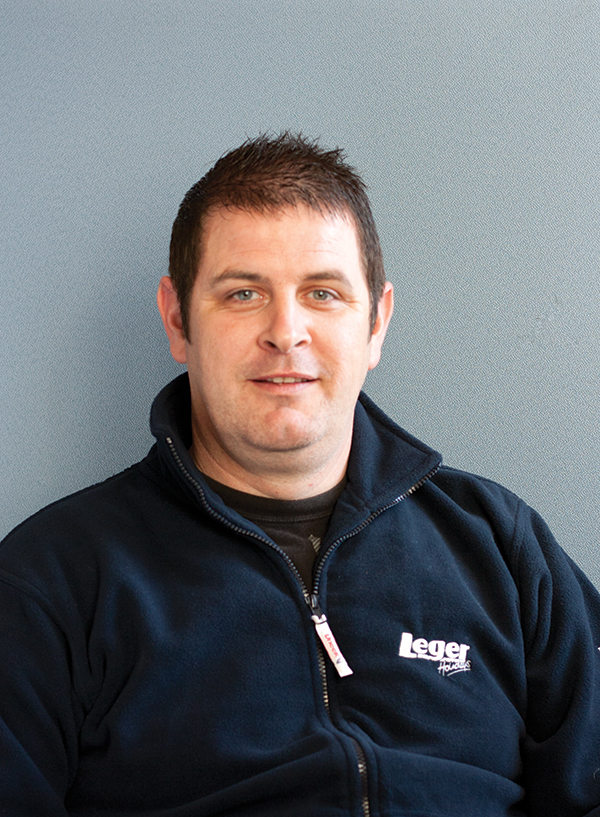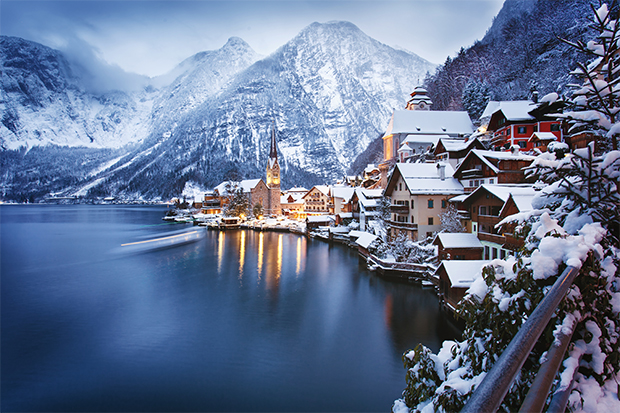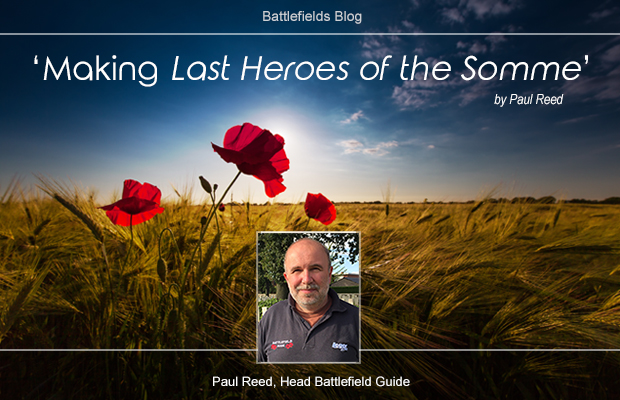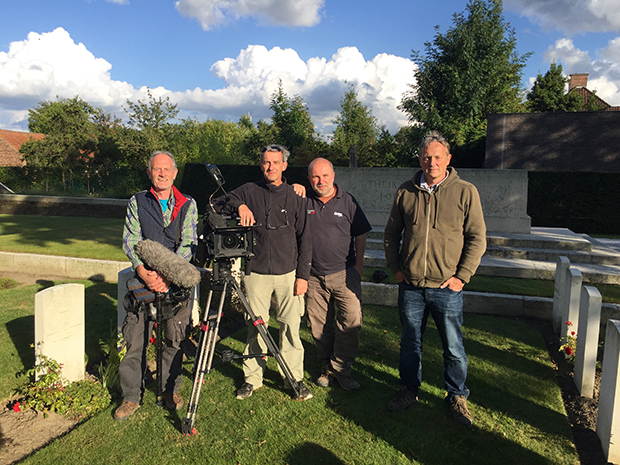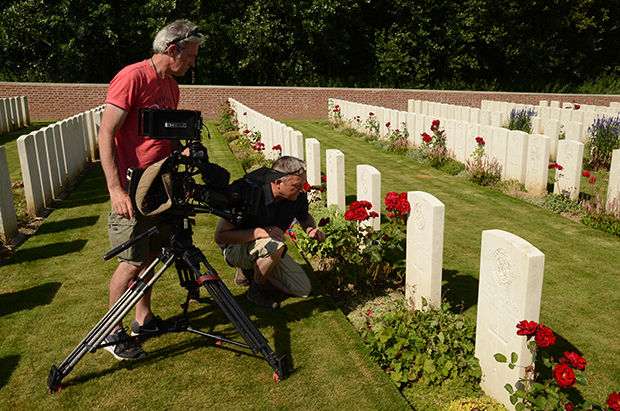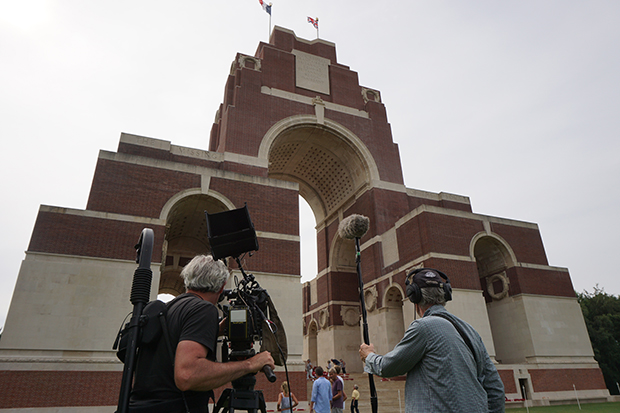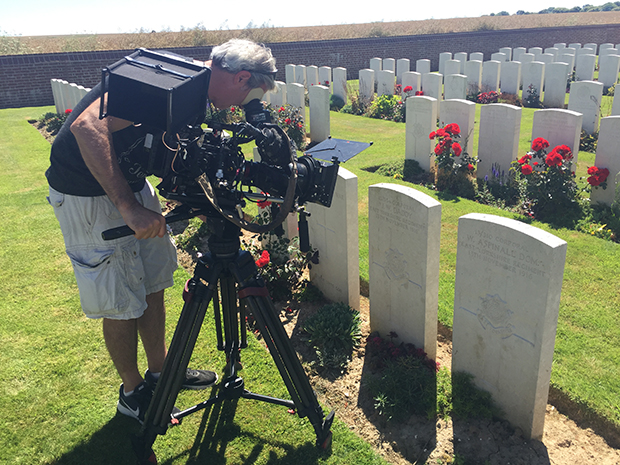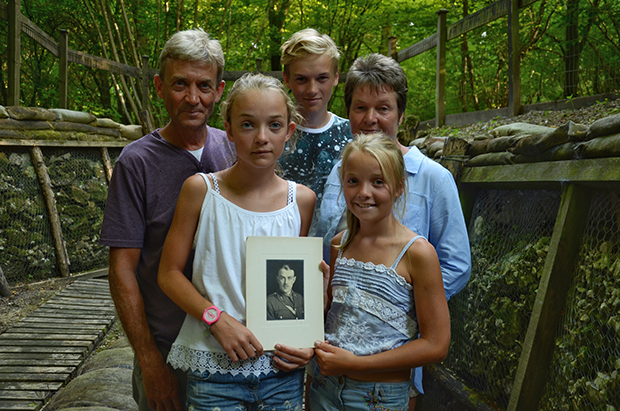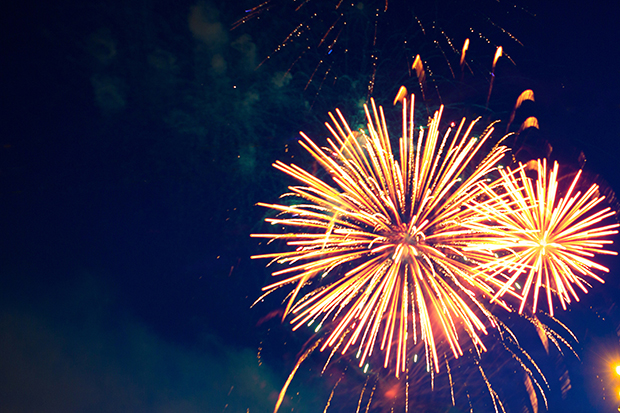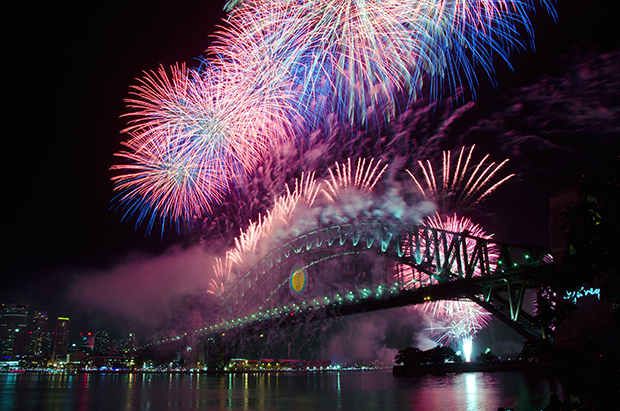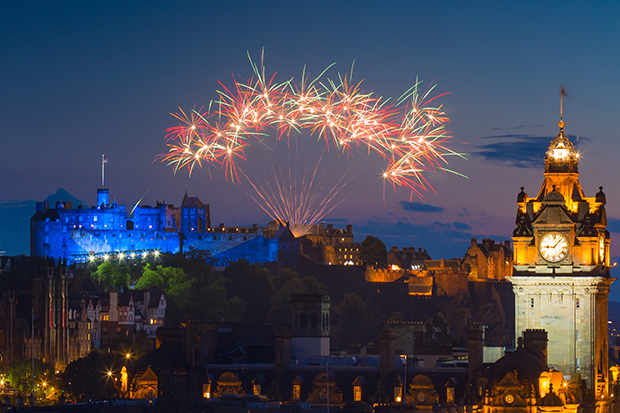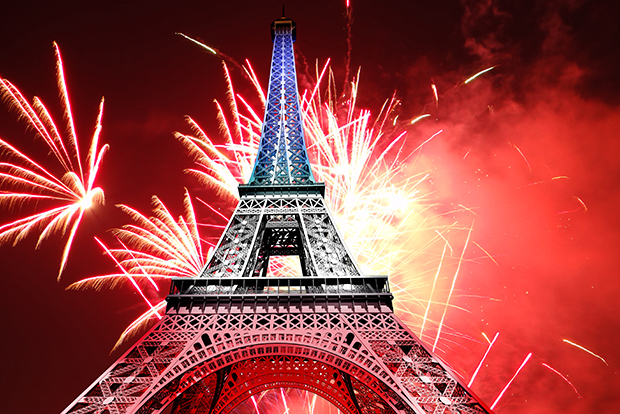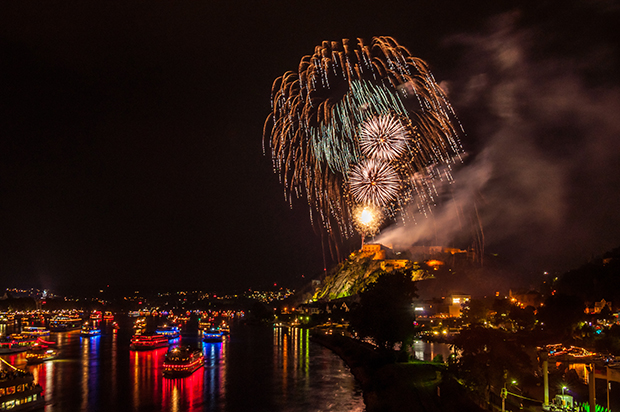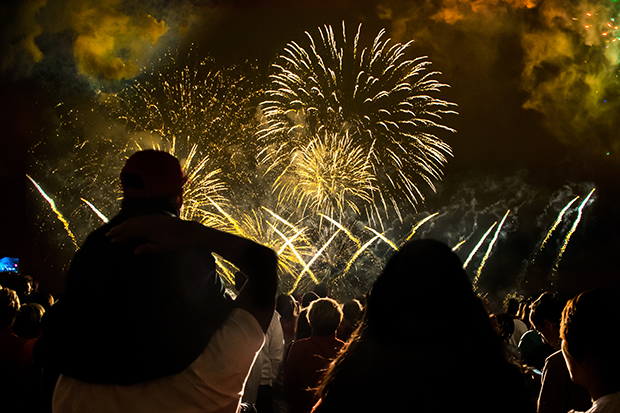With the cold, dark and gloomy winter months soon to be behind us, and the promise of longer days, warmer weather and the smell of flowers, just around the corner, why wait until summer to embark on a trip overseas?
There are many places that you can visit during the most colourful season of the year but nowhere does spring quite like Holland.
1. The Tulips.
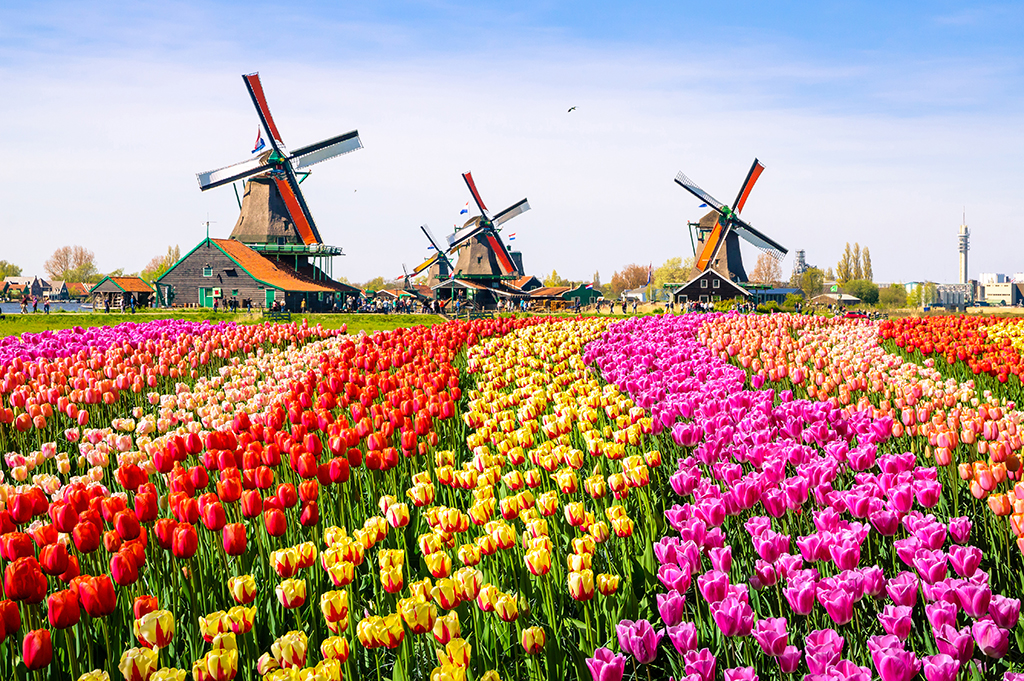
Holland is renowned for its tulips, among other flowers, and is often referred to as the ‘flower shop of the world’. Tulips were imported into Holland in the sixteenth century and by the mid-seventeenth century, they were so popular that they created the first economic bubble, known as “Tulip Mania”.
People bought up bulbs and they became so expensive, they were even used as money at one point in time! Due to their unwavering popularity they have appeared in many paintings and still appear in festivals to this day.
Yes, that’s right, each spring the Dutch celebrate their famous flower by spending months transforming the landscapes all over the country into a sea of colour.
Keukenhof Park, the largest flower garden in the world, is certainly a destination that should be on everyone’s bucket list, with its fantastic array of colourful displays, you’d be missing out if you did not consider making a visit here this spring.
2. Dodge the April Showers
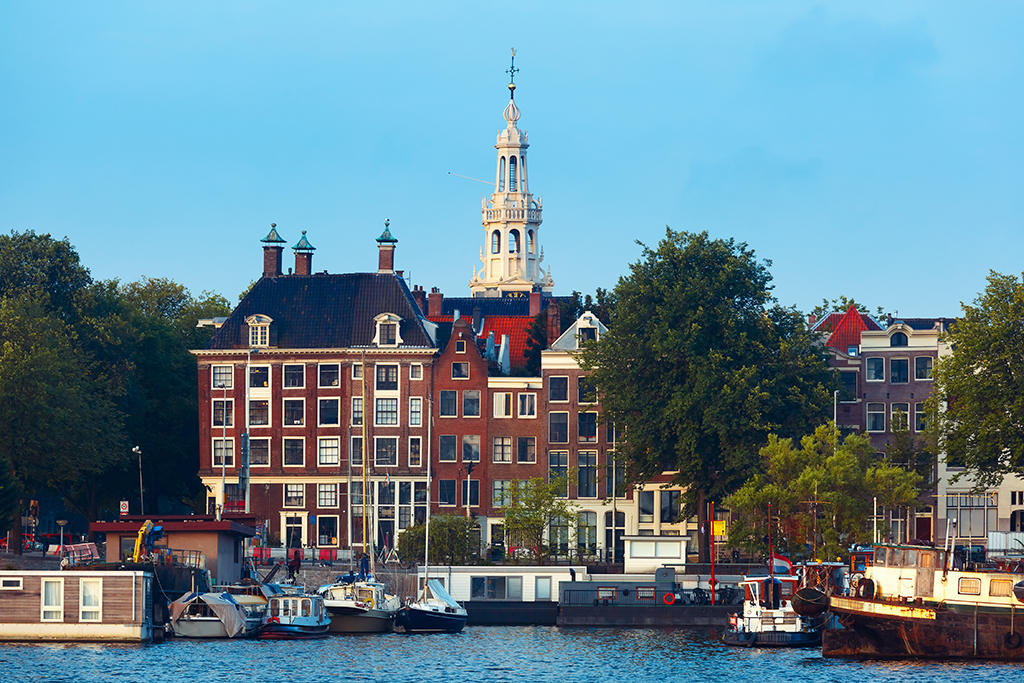
That’s right, statistically, April is the driest month of the year in Holland, which means you can really appreciate all that the country has to offer.
You can stroll around the bulb-fields, enjoy a beverage at a canal-side cafe, or even partake in a bike ride, without the threat of the clouds opening above and having to rush to find shelter or retrieve your brolly from your bag.
This certainly ticks our box!
3. Celebrate Kings Day
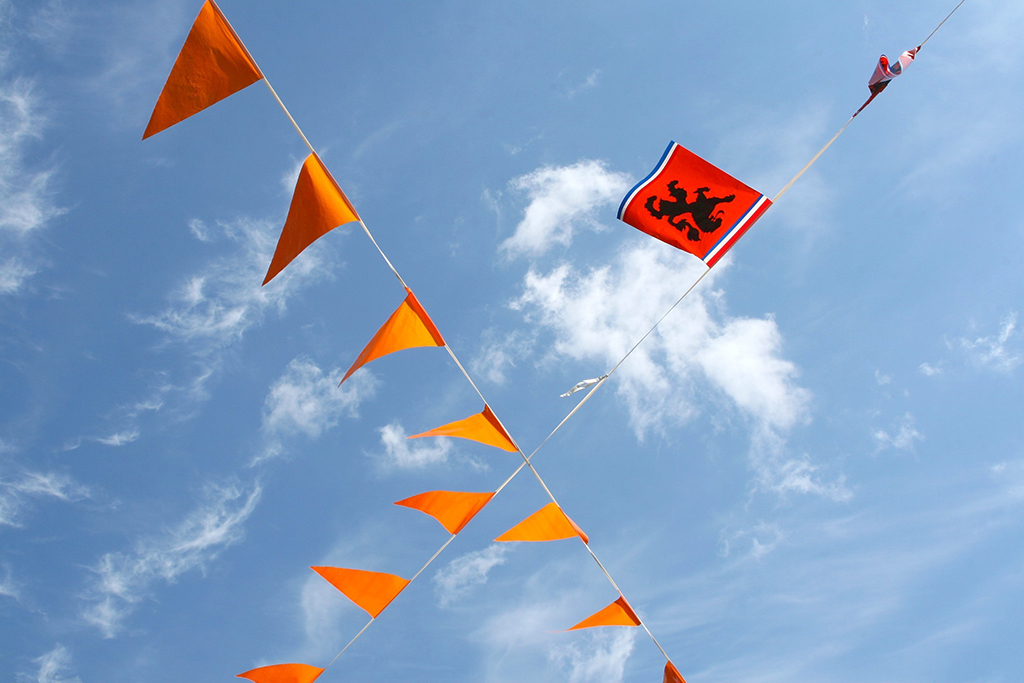
Formerly Queens’s day, each year on the 27th of April, crowds of people clad in orange descend on Amsterdam for the world’s largest street party to celebrate the birthday of the Dutch Monarch, King Willem- Alexander.
Whilst this is not one for those who are wanting a quiet spring vacation, it really is a marvel to behold.
The tradition dates back to 1885, where celebrations started in honour of the birth of Queen Wilhelmina and people wear orange in order to show pride for the Dutch Royal family, the House of Orange-Nassau.
So why not ransack your wardrobe, pull out your favourite orange garms and join the people of Holland on this national day of celebrations?
4. See the country from the waterways.
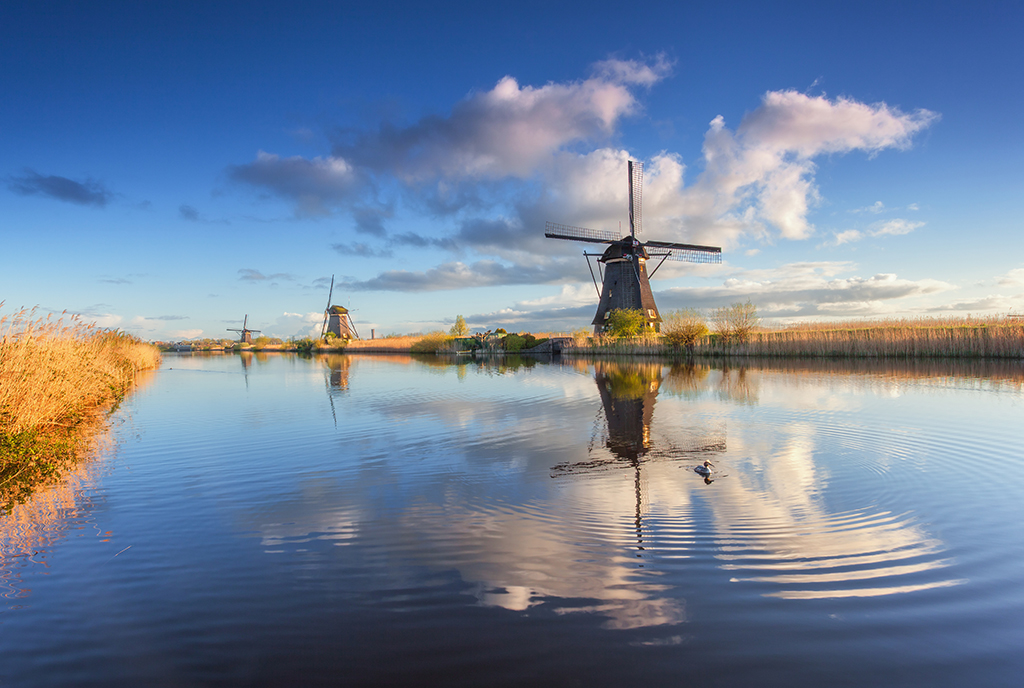
With countless canals and rivers throughout the country, and Amsterdam being referred to as ‘the Venice of the North’, river cruising and Holland really are a match made in heaven.
You’ll be offered a unique perspective of the picturesque windmills and marvellous springtime blooms, as well as being able to cruise down the famous canals of Amsterdam, all from the comfort of your own cabin.
Plus, cruising the highlights means you only have to unpack once and, alongside the milder temperatures, it really makes your stay in Holland much more comfortable. We can’t really think of a more relaxing way to explore the Dutch delights.
5. Amsterdam
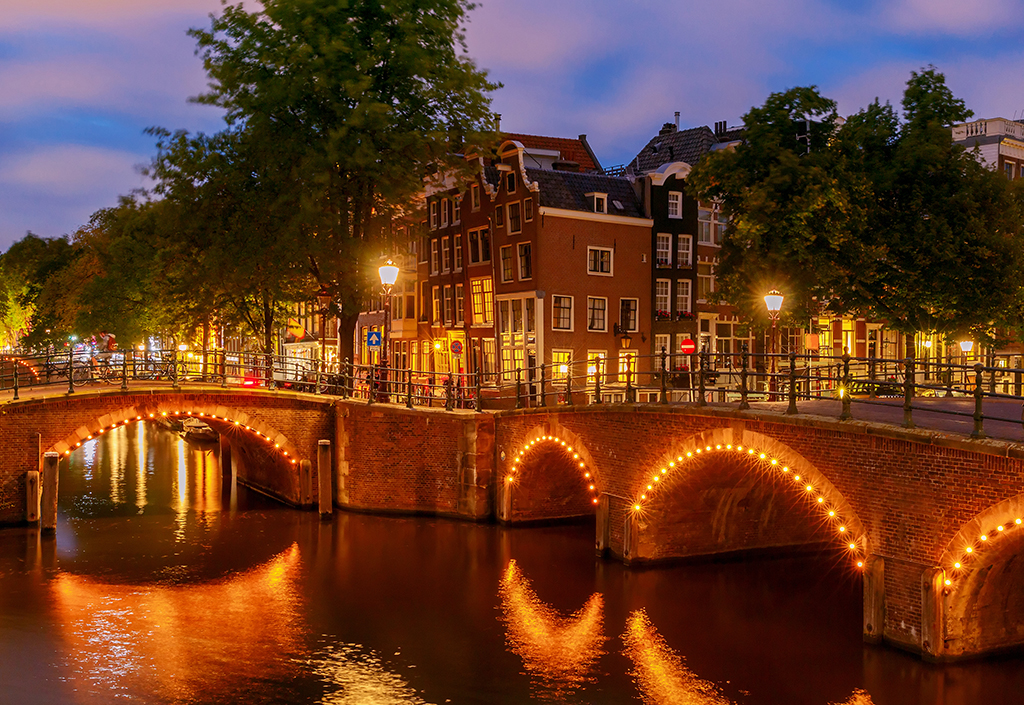
Last but not least, of course, we have to mention the capital city. Whilst Amsterdam is pretty amazing all year round, it has a certain feel in spring that you don’t get at any other time of year.
As the flowers start to bloom and tables and chairs suddenly begin to appear on the canal banks and outside terraces, it gives the impression that the city is beginning to come to life, ahead of all of the seasonal festivals.
As the days become longer, the streets are still quite quiet, allowing you to explore this unique city and its famous attractions at your own pace, without all of the hustle and bustle that comes with the summer months.
Don’t just take our word for it, why not join us in Holland this spring? Visit our website to see which tour we have available.

